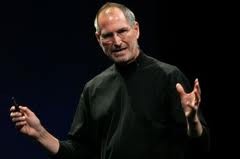 Since 2003, magnified by our presence in Silicon Valley, my partners and I have been retained by Boards, venture capital and angel investors, founders and CEOs of early stage tech companies seeking our guidance and assistance to gain footholds in the sports industry or with sports fans/consumers.
Since 2003, magnified by our presence in Silicon Valley, my partners and I have been retained by Boards, venture capital and angel investors, founders and CEOs of early stage tech companies seeking our guidance and assistance to gain footholds in the sports industry or with sports fans/consumers.
They have run the gamut from mobile, tablet and/or web apps to game and software development companies as well as WiFi and online loyalty/retention platform ventures.
Also, because of my experience as the CMO of an online K-8 education and professional development company, organizations developing hardware and software for the digital classroom and home schooling have also sought us out.
 Our roles have been both strategic and operating in nature, being engaged as interim operating executives spearheading business development, product development, sales and brand building/public relations functions. We have also augmented the credibility and depth of senior management teams in their capital raising efforts.
Our roles have been both strategic and operating in nature, being engaged as interim operating executives spearheading business development, product development, sales and brand building/public relations functions. We have also augmented the credibility and depth of senior management teams in their capital raising efforts.
Because of our wide reaching understanding of the inner workings of sports entities and sports fans (we have interviewed more than 850,000 of the latter), we assist our clients by helping them understand and capitalize on
- How, when leagues and teams make decisions
- What motivates innovation
- Variations in risk tolerance
- Who are the leaders and followers
- Behavior and attitudes of fan segments
- How performance economics influence decisions
- How to approach different sports and management levels
- How to gain buy-in, overcome barriers
- Sensitivity to implementation issues







